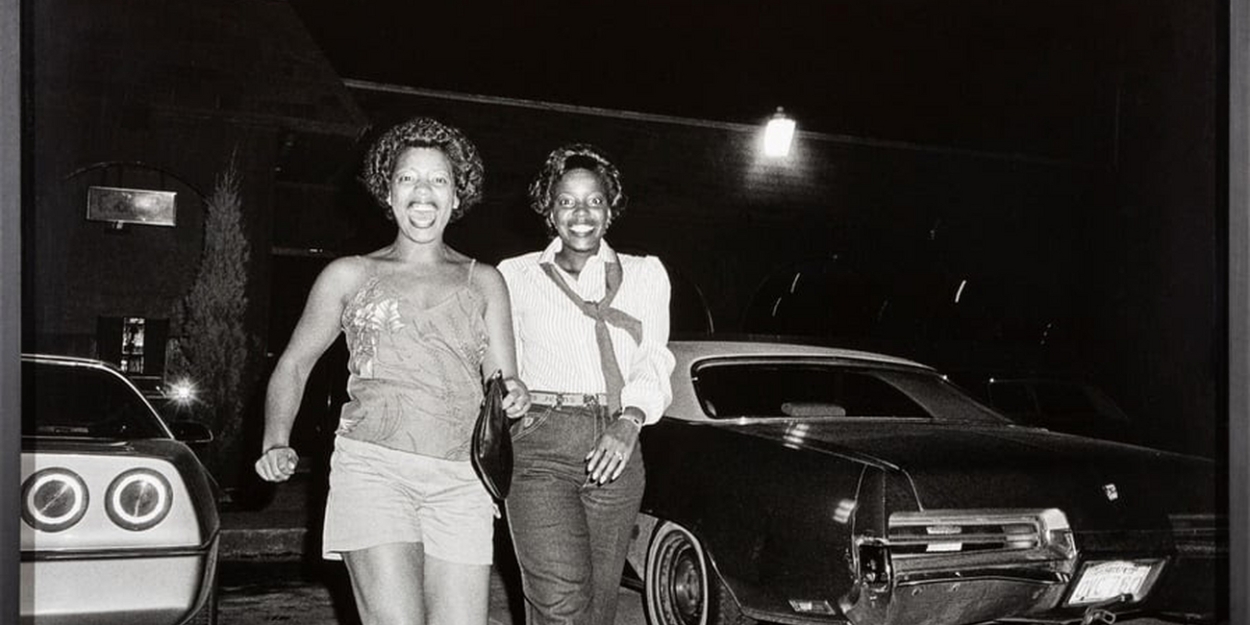Carrie Mae Weems Exhibition Rebalances Understanding of Decades-Long Practice
The exhibit opens on June 22 at the Center for Curatorial Studies at Bard College’s (CCS Bard) Hessel Museum of Art.

Opening June 22 at the Center for Curatorial Studies at Bard College’s (CCS Bard) Hessel Museum of Art, Remember to Dream revisits the range and breadth of Carrie Mae Weems’ prolific career through seldom displayed and lesser-known works that demonstrate the evolution of her pioneering, politically engaged practice. Moving beyond iconic projects, Remember to Dream seeks to rebalance understanding of Weems’ artistic development over the past 30 years while locating her work in the context of her own lived experiences and commitment to activism. Ranging from large-scale installations to serial bodies of photography, the works in the exhibition provide a through-line from the Civil Rights Movement to Black Lives Matter, tracing significant moments of racial reckoning through Weems’ own lens. Carrie Mae Weems: Remember to Dream is on view through December 1, 2024.
“Throughout her career, Carrie Mae Weems has created work that serves as both a witness to and a catalyst for change,” said Tom Eccles, Executive Director of CCS Bard. “CCS Bard has long provided a platform for artists whose practice brings defining issues of our time into greater focus. It is in this tradition that we present Remember to Dream, which showcases the powerful, emotional resonance of Carrie’s artmaking across photography, film, and installation from the late 1970s through today.”
Throughout the exhibition, Weems’ practice and personal history, which intersects with the political history of the U.S., sheds light on what Black American poet and scholar Amiri Baraka has called “the changing same,” referencing the continuity of racism and sexism—the ways in which certain patterns of violence and oppression are perpetuated from one generation to the next, even as the specific conditions of everyday life continue to change.
The exhibition is sequenced over nine rooms, each representing a body or bodies of work. Beginning with Painting the Town (2021), Weems addresses the protests that erupted in May 2020 in over 2,000 cities and towns across the United States in response to the murder of George Floyd by Minneapolis Police. In Weems’ hometown of Portland, Oregon, the protests continued through September 2020, escalating to points of violent confrontation between police, protestors, and counter-protestors. Weems returned to Portland to photograph many of the businesses that boarded their storefront windows to protect against potential looting and vandalism. In an adjacent room, Weems displays an array of intimate portraits entitled Family Pictures and Stories (1978-1984), an earlier series from Portland of black-and-white photographs recording the joys and agonies of family life.
Remember to Dream contextualizes the present within a centuries-long struggle. An especially poignant and compelling representation of the brutal legacy of racism is Leave, Leave Now!(2022), a recent video installation resembling an old theater in which the artist and her sister tell the story of their grandfather Frank, a sharecropper who was a member of the Southern Tenant Farmers' Union and worked on land in Arkansas. After being beaten and left for dead in Earle, Arkansas, in 1936, Frank escapes North to Chicago on foot out of the Jim Crow South, losing his land and for a time, his family. In the video, Weems powerfully calls for reparations for all he and his family lost over generations.
The exhibition continues with Blues and Pinks (1992-93), in which Weems draws upon images from the “Children’s Crusade” that began on May 2, 1963, when over one thousand children left school in Birmingham, Alabama to march downtown and speak to the mayor about segregation in their city. The children were stopped by police and hundreds were arrested. They reconvened the next day to march again, and the head of police directed law enforcement to use force on the children. Weems appropriates the photography of white Southern journalist Charles Moore, tinting the images with blue and pink tones, and juxtaposing scenes that resurrect the terror of the day. In a further work entitled Land of Broken Dreams: A Case Study (2021) Weems recalls the Black Panthers as a force for self-defense.
Remember to Dream continues an ongoing dialogue between Weems and CCS Bard Executive Director Tom Eccles, following their collaboration on The Shape of Things at the Park Avenue Armory in New York City (2021) and Luma Arles in Arles, France (2023), with support from CCS Bard alumnus, Marina Caron (Class of 2023).
Comments
Videos

